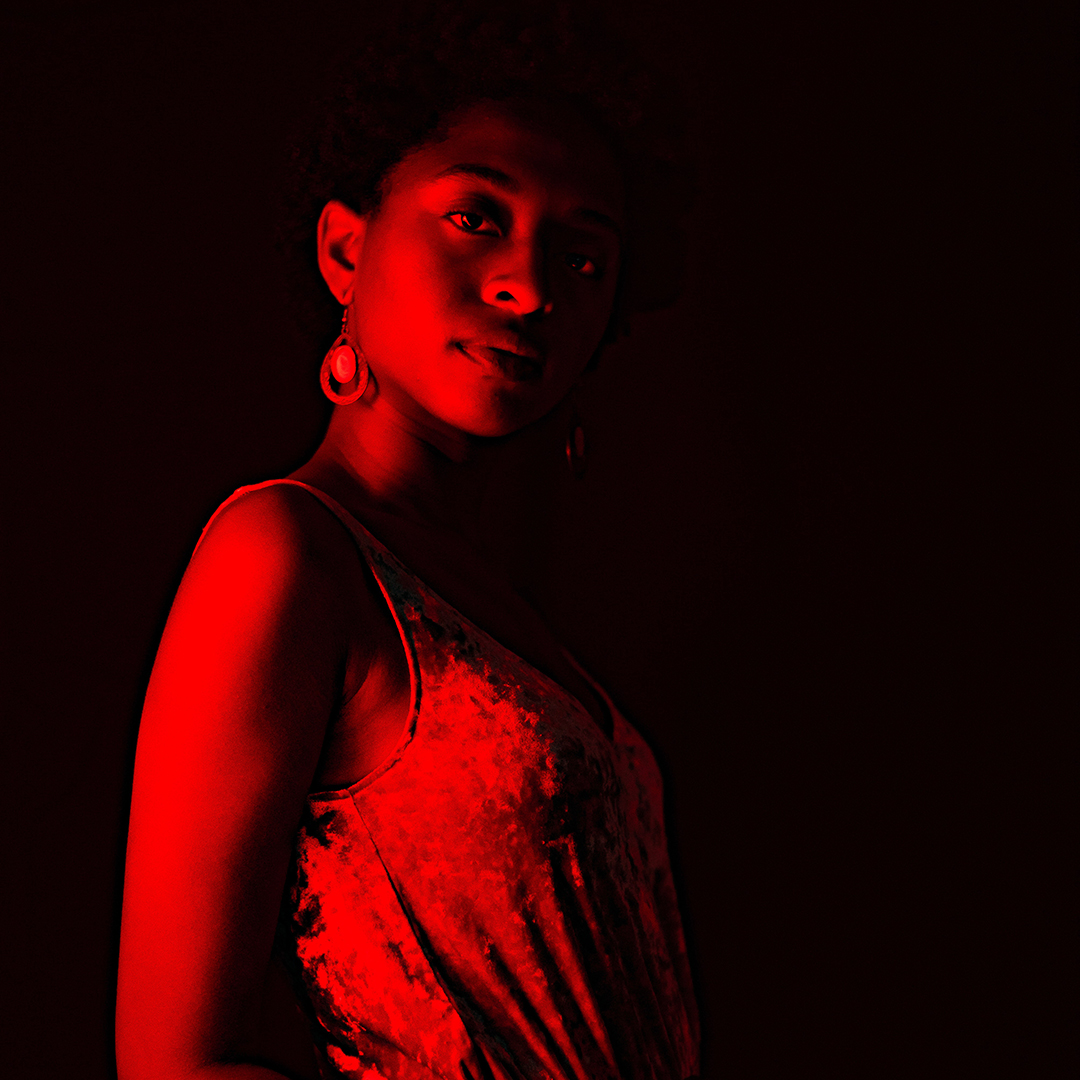Colour Psychology and Branding Your Business
Branding is a crucial step in establishing your presence within the market. It differentiates you and your business from competitors while building trust and loyalty. The role of colour and colour psychology plays an essential part in branding that can often go overlooked.
Colour psychology refers to the study of how colours can impact human emotions, moods, and behaviour. It explores the idea that different colours have the power to evoke specific emotional responses in individuals. Colours can stimulate our senses and influence our perception of an environment or situation. For example, warm colours such as red and orange are often associated with energy, excitement, and passion. In contrast, cool tones like blue and green will create a sense of calmness, serenity, and relaxation. By understanding the psychological effects of colour, businesses and brands can strategically leverage this knowledge to influence consumer perceptions, create brand associations, and evoke desired emotional responses.
Take a look at some of the colours commonly used in major brands and understand their associated traits:


Red
An attention-grabbing colour that stimulates appetite and creates a sense of urgency, excitement and passion.


Orange
Represents value and affordability while expressing a vibrant, energetic vibe. It is a commonly used colour because of its optimistic nature.


Yellow
Provides a sense of friendliness, optimism, warmth, and happiness. It is attention-grabbing and stimulates appetite.


Green
Associated with growth, health, and wealth. It can also represent nature and sustainability.


Blue
Conveys trust, reliability, and calmness. It is seen as professional, stable and traditional.


Purple
Associated with luxury, creativity, and spirituality. It is known to represent royalty or nobility.
Choosing the appropriate colours in corporate business is crucial for success as it will significantly impact the nature of the brand. For instance, blue evokes a sense of trust and professionalism; therefore, it is ideal for businesses such as financial institutions and real estate. On the other hand, red signifies energy and excitement, which works best for brands aiming to capture attention and create a sense of urgency.
Successful brands like Coca-Cola, with its timeless use of red, and Apple, with its sleek and minimalistic silver logo, demonstrate the power of effective colour choices. These brands have created lasting impacts through their skilful use of colour, which is synonymous with their identities, helping them connect to the target audience on an emotional level.
The connection between colour choice and branding lies in the ability to use colour to convey brand personality, establish brand recognition, and communicate brand values effectively. The right colour choices can help create a strong emotional connection with the target audience, shaping their overall perception of the business, which sets them apart from the competitive market.
Want to learn more about branding? We have you covered. Our blog post, Branding: How to build a Strong Brand Identity to Attract Your Market’s Attention, takes you through everything you need to know!



